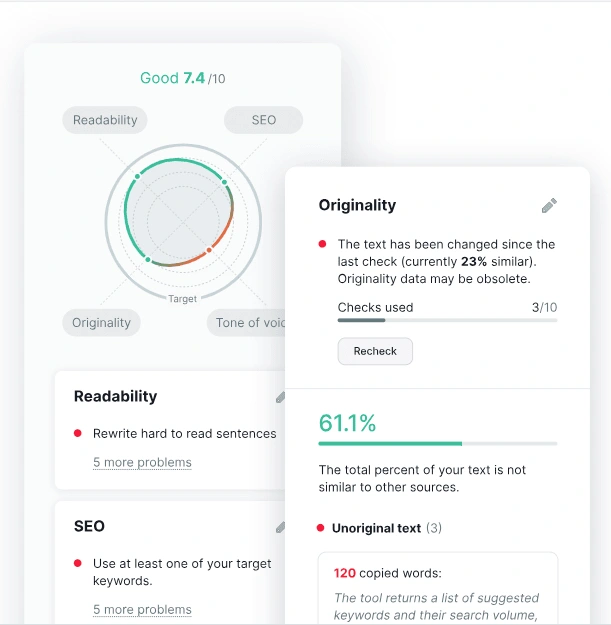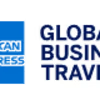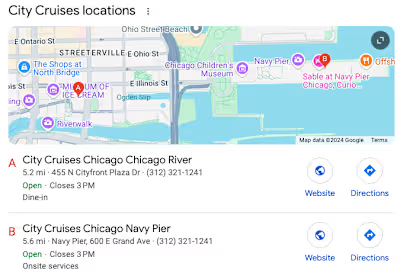SEO Strategy for B2B Tech Company
I joined Egencia as a Sr. Digital Marketing Manager, focusing on SEO and CRO. My initial goal was to identify how to own SERP placements and retain current initiatives.
One of the biggest opportunities was in terms of content & content creation.
Context
Egencia was working with an SEO contractor to resolve technical issues and receive keyword and content recommendations. However, the content was taking 2-3 months to create and was running into bottlenecks where SEO advice and copy/marketing feedback did not align.
Upon joining, one of my first tasks was to update the intake forms that marketers and other departments were submitting to our website publishing team. These intake forms were missing essential SEO best practices like:
Content length requirements
Headers (with hierarchy)
Update date
Keyword research verification
Internal and External link requirements
These omissions, in addition to an unclear process, were severely impacting the team's ability to:
Provide sufficient research for an appropriate keyword
A streamlined editing process that used keywords to create copy, organically & semantically include peripheral & secondary terms and receive brand/legal approval without sacrificing high-quality supporting terms
Provide a clear date for live content
The ability to plan and schedule content: creating a drastic ebb & flow of publishing
Process
Part of the fix was to create a more defined SEO review process. I started by implementing keyword research when new piece suggestions were being ideated.
For teams that were not part of the initial adoption, I was able to use SEMRush Content Writing Assistant to retroactively pull best-fit keywords without bottlenecking the process and suggest additional keywords that would support the primary while still building the larger subject authority.
I also advocated for an established resource to create new content for core content keywords.

Sample Visual of the SEMRush Writing Assistant read-out (From semrush.com/swa)
Outcome
The outcome of this exercise was that the overall quality of the content improved, which was shown in the CRO of our resources. This also saw an increase in consistency for headers, meta details and more consistent length for high-impact keywords.
Use of a resource that was creating new long-form content also allowed us to create a SEO-specific pillar post that was long-form and an entry-point for mid and bottom-of-funnel content and resources that led to form fills.
Results
In addition to maintaining overall search traffic, the increase in content quality saw an overall increase in qualified leads and strategic keyword placement increases in the top 10 and overall number of conversions.
Compared to the results of the SEO program in 2021, these efforts, started in early 2022, yielded a traffic increase of 73% and a qualified lead increase of 52% YoY to meet 164% of goal. Additionally, in Q1 and Q2 of 2023, this saw a qualified lead increase of 22.4% - meeting the year's projected metric/quota in June due to more intentional and relevant content.
Like this project
Posted Jul 1, 2023
Create & build an SEO strategy for a B2B SaaS company using internal and external writers to grow authority, brand and conversions.
Likes
0
Views
8
Clients

American Express Global Business Travel







